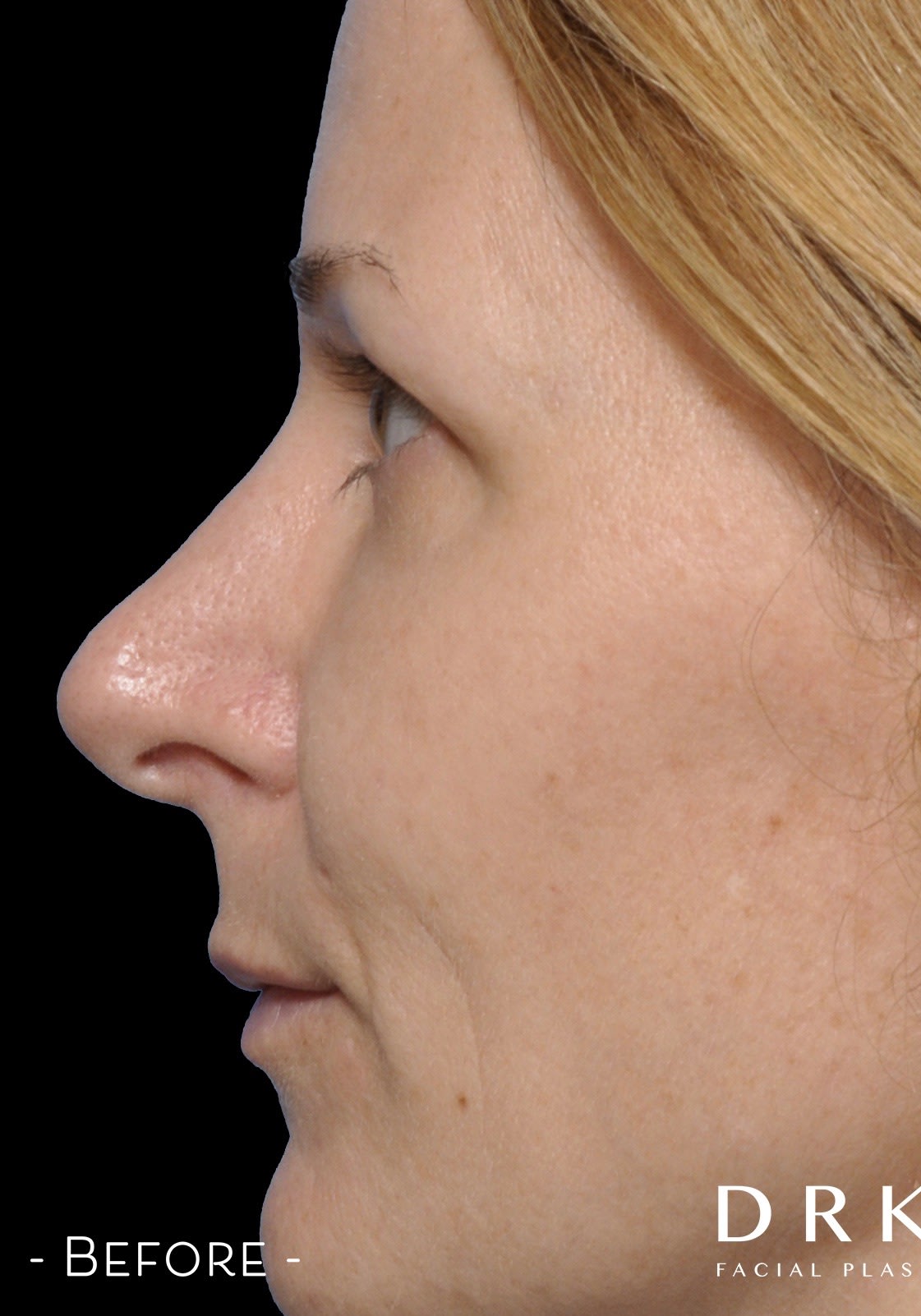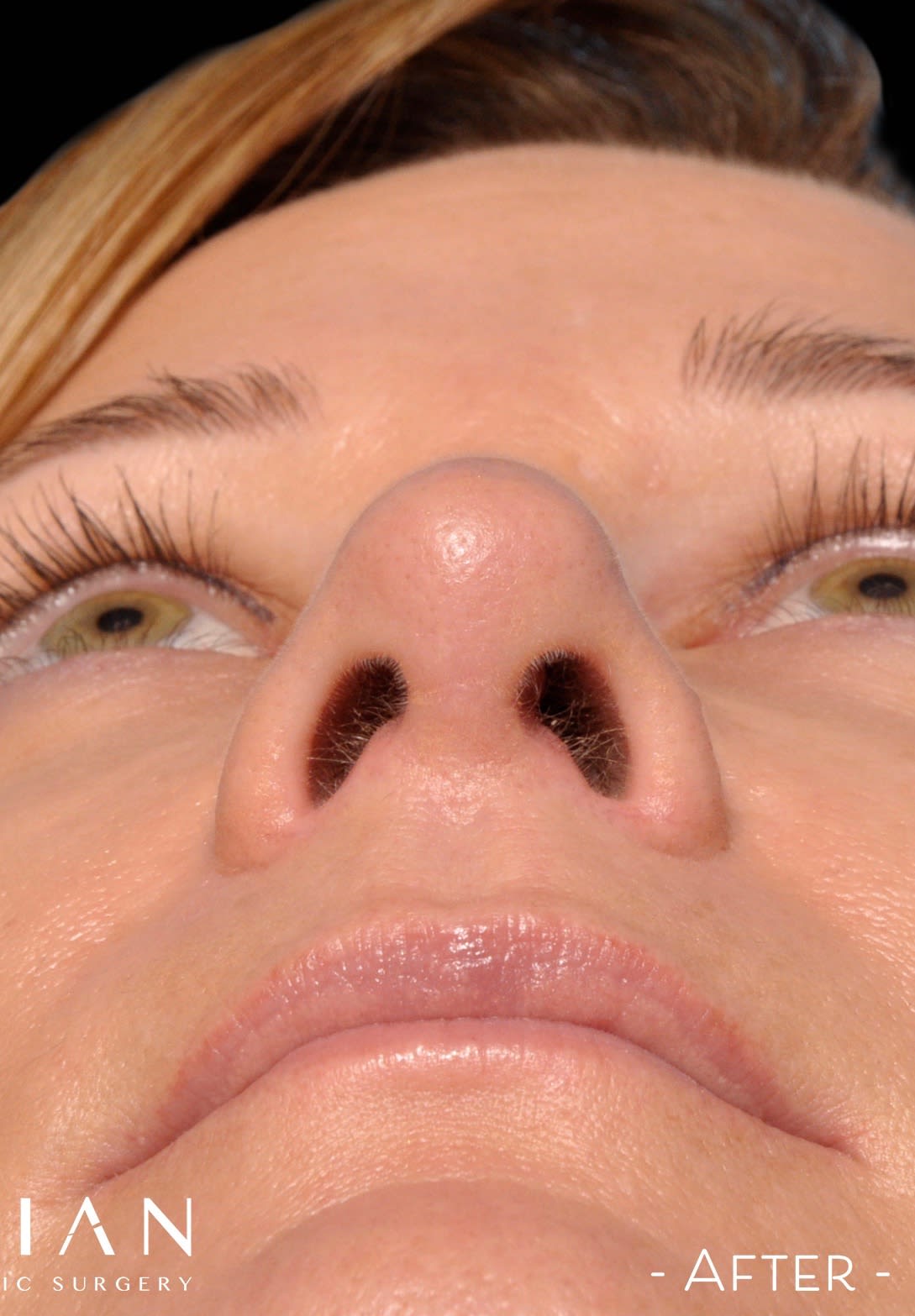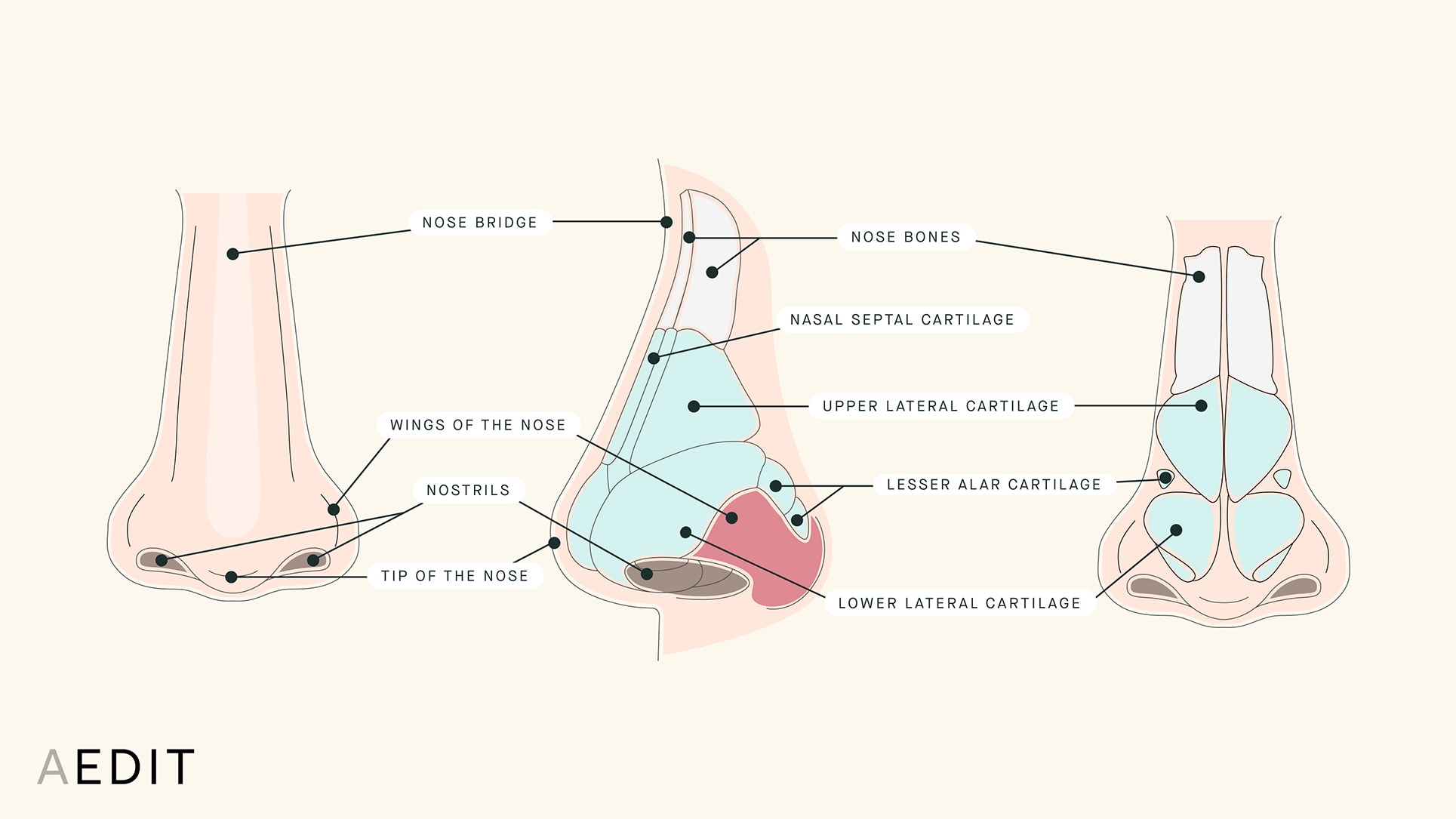
The Skinny
Average Recovery
1 weeks
Permanence
Permanent
Application
Surgical Procedure
Surgical
Yes
Cost
$3000 - $25000
AEDIT
Before & After Images by Provider












Before & After Images by Provider
Closed Rhinoplasty
The Specifics
What is a closed rhinoplasty?
A closed rhinoplasty is an alternative approach to the open rhinoplasty technique. In a closed rhinoplasty, all incisions are made within the nose. The procedure is less invasive, therefore, there is less recovery time and has no risk of visible scarring.
The Anatomy of the Nose

A closed rhinoplasty can alter nose size and nose shape, and also alleviate certain breathing issues. The surgeon will not have as much access to internal nasal structures as in an open procedure. There will be bruising, swelling, and tenderness for a few days post op. A splint or cast will also be temporarily used after the procedure. Results are permanent and will finalize within one year.
What cosmetic concerns does a closed rhinoplasty procedure treat?
Who is the ideal candidate for a closed rhinoplasty procedure?
A closed rhinoplasty is a less invasive approach, therefore, it does not allow for as extensive alterations and visualization as an open approach. Candidates who require less cartilage grafting and those who need more work on the upper nasal areas as opposed to the nasal tip are ideal for a closed approach. Primary rhinoplasty candidates are appropriate for the closed technique. Closed rhinoplasty is not recommended for nasal tip alterations, revision rhinoplasties, and those under the age of 18. (2, 3)
What is the average recovery associated with closed rhinoplasty procedure?
Most patients see significant resolution of acute symptoms (like swelling and bruising) within a few days to a week. Many candidates return to work after one week. General activity precautions will need to be taken for up to six weeks. To better understand the healing and downtime associated with the procedure, check out our complete guide to rhinoplasty recovery.
What are the potential side effects of a closed rhinoplasty procedure?
Due to the less invasive nature of a closed rhinoplasty, the potential side effects are also less pronounced. Patients will experience less swelling, tenderness, and bruising. There is little to no risk of scarring due to the small incisions being made internally.
What can someone expect from the results of a closed rhinoplasty procedure?
Like in open rhinoplasty, the results of a closed rhinoplasty procedure are permanent and will finalize within 12 to 18 months.What is the average cost of a closed rhinoplasty procedure?
This is a one time permanent surgical procedure that can cost anywhere from $3,000 to $25,000. The actual cost of the procedure is dependent upon location, surgeon, and length and involvement of the surgery. To learn more, check out our complete guide to rhinoplasty cost.
Pros
- No Visible Scar
- Less Postoperative Swelling
- Shorter Operating Time
- Quicker Recovery
- Permanent
Cons
- More Technically Challenging
- Poorer Visualization
- Difficulty With Extensive Nasal Tip Work
- Difficult With Cartilage Grafting
- Less Precise Modifications
- Less Precise Shaping
- Limited Visualization
Invasiveness Score
Invasiveness is graded based on factors such as anesthesia practices, incisions, and recovery notes common to this procedure.
What to Expect
A closed rhinoplasty technique makes all incisions within the nose, leaving no visible scars. Here is a quick guide for what to expect before, during, and after a closed rhinoplasty.
The Takeaway
A closed rhinoplasty is a less invasive and less involved approach for candidates requiring fewer revisions. The recovery times are significantly shortened and there is no risk of scarring. The results are permanent.






